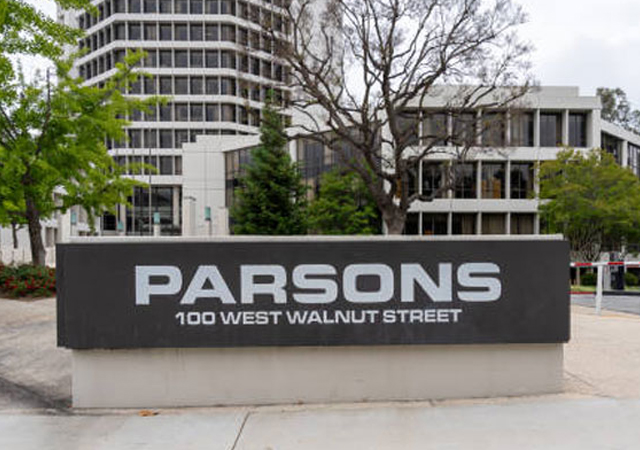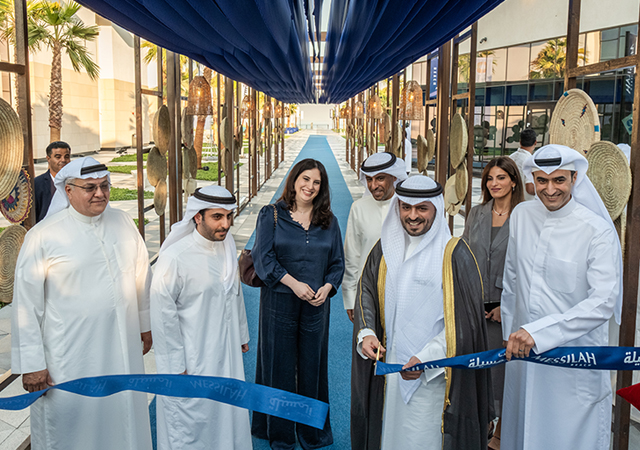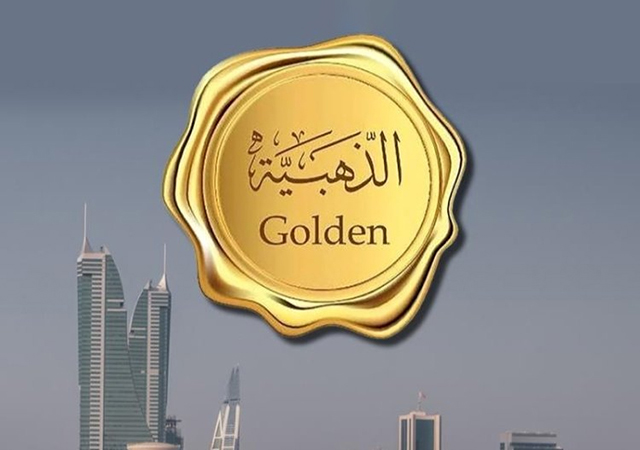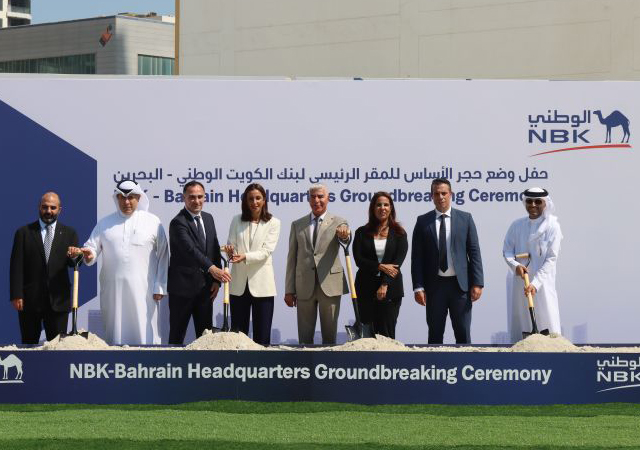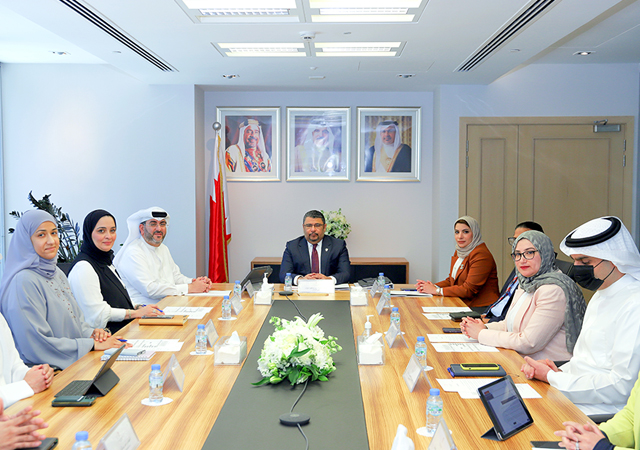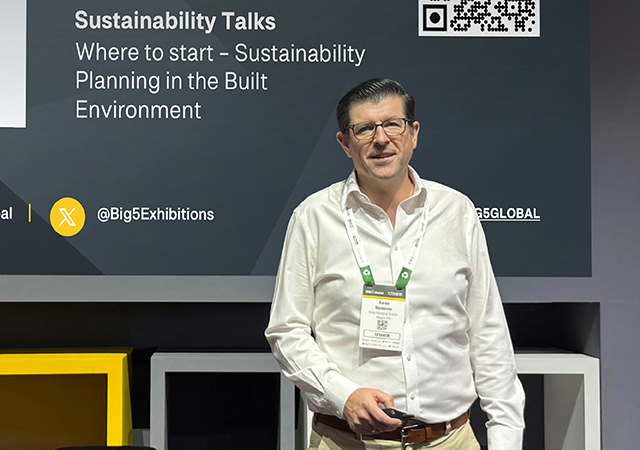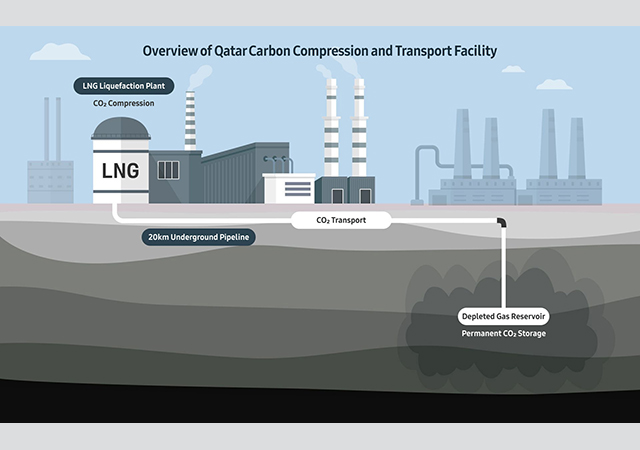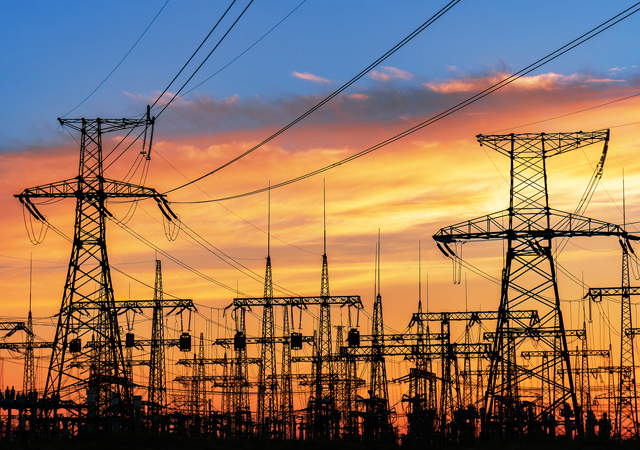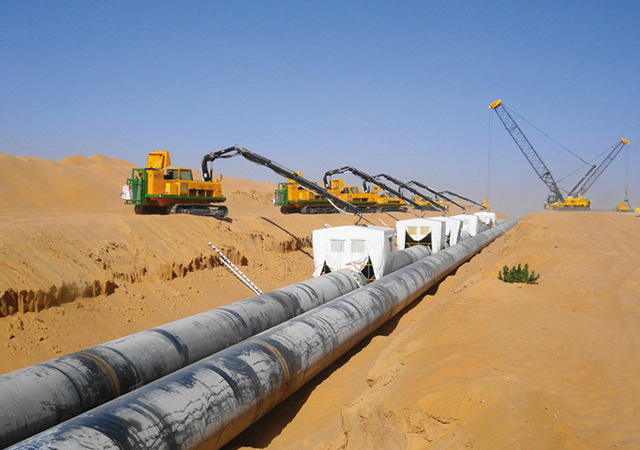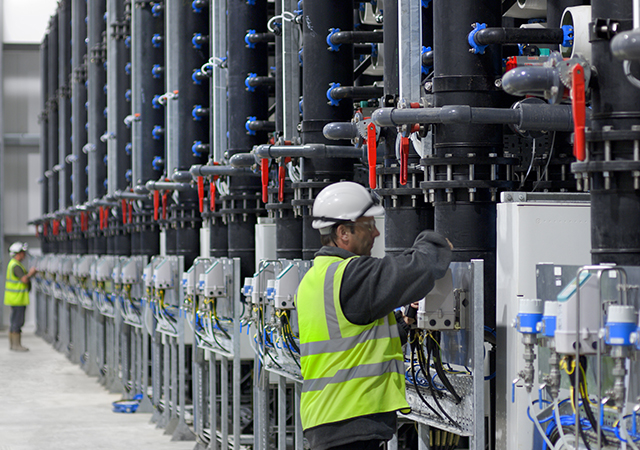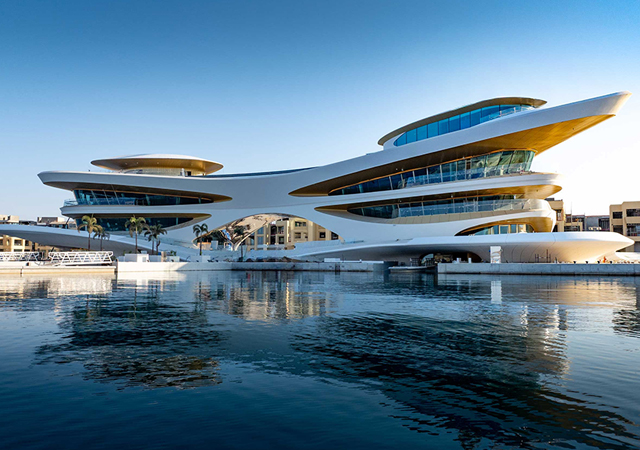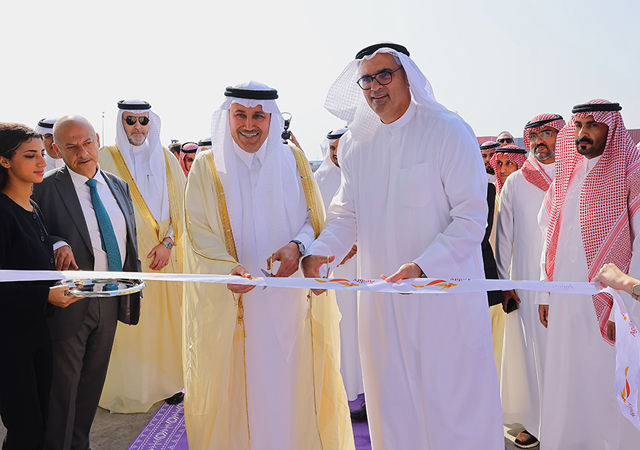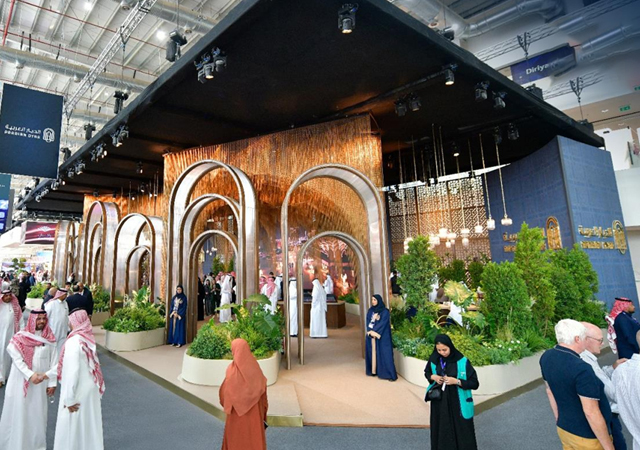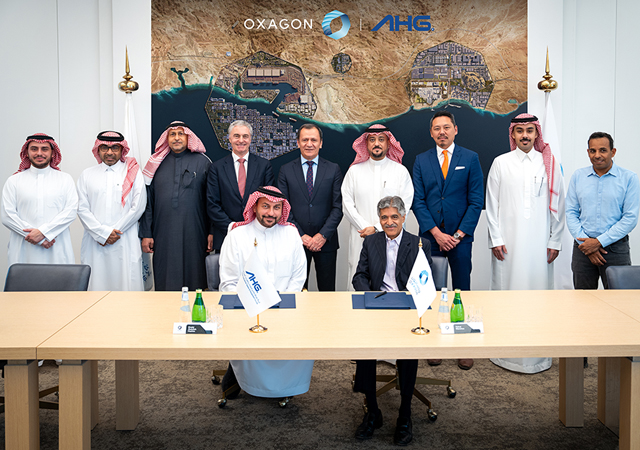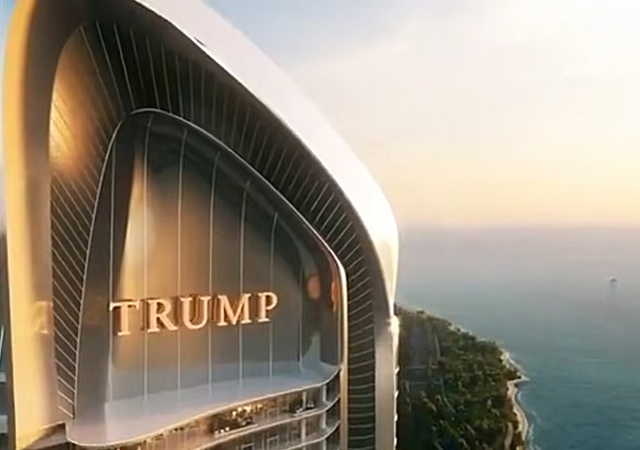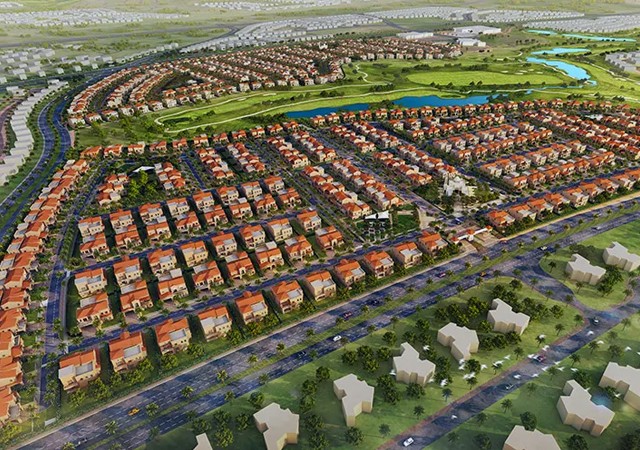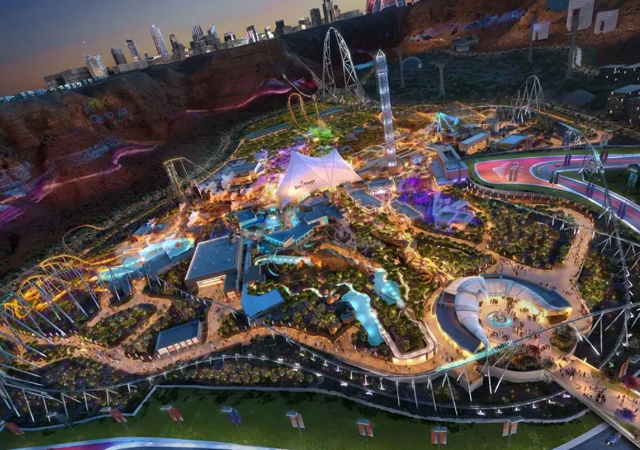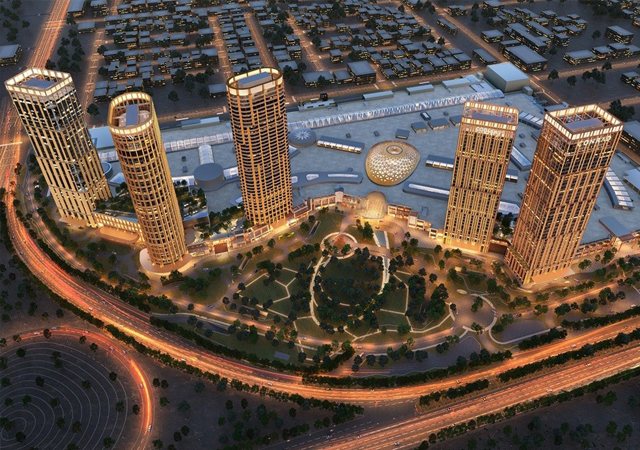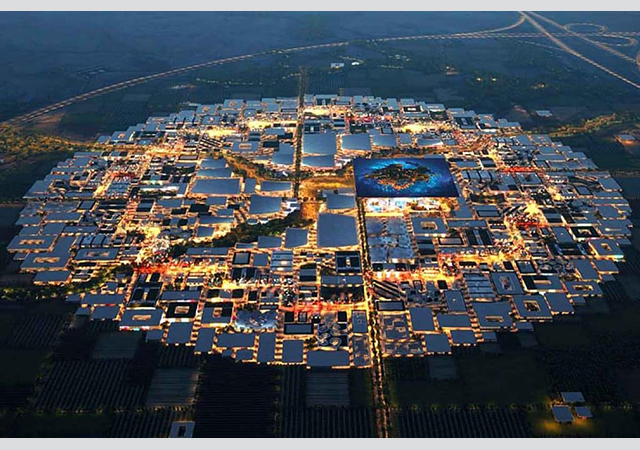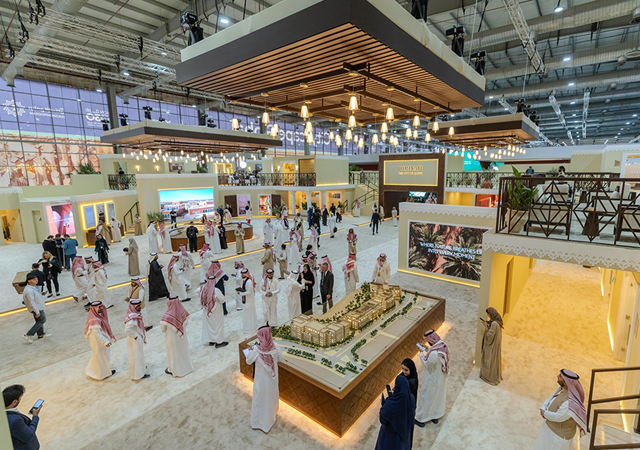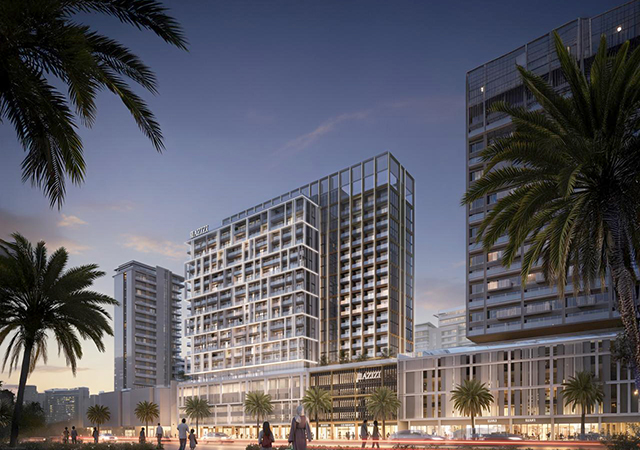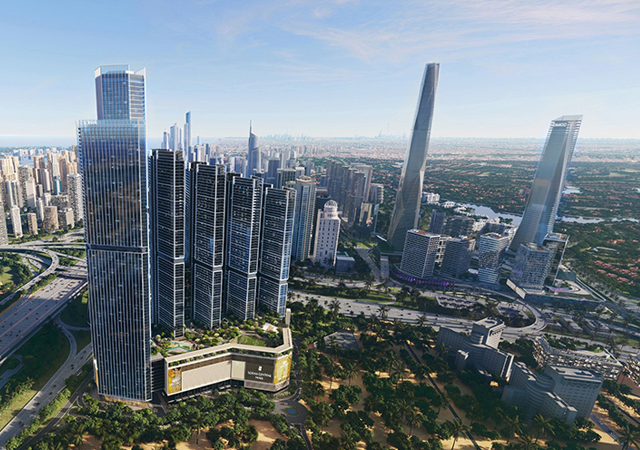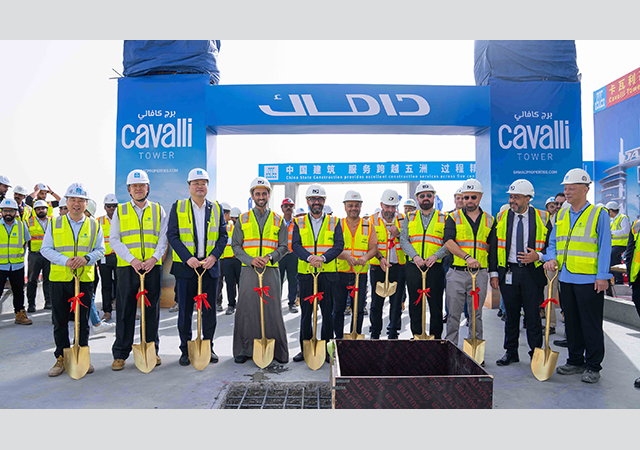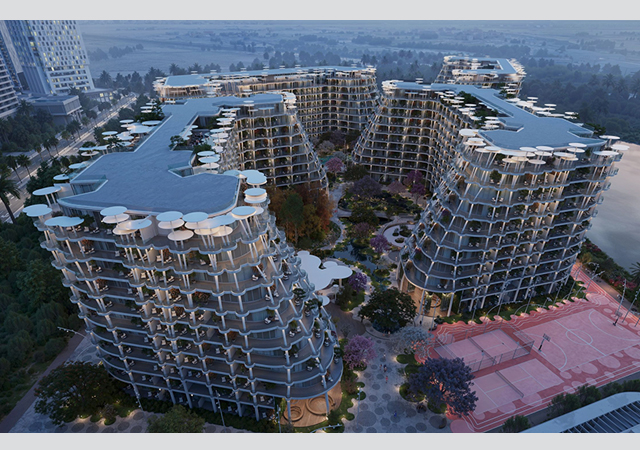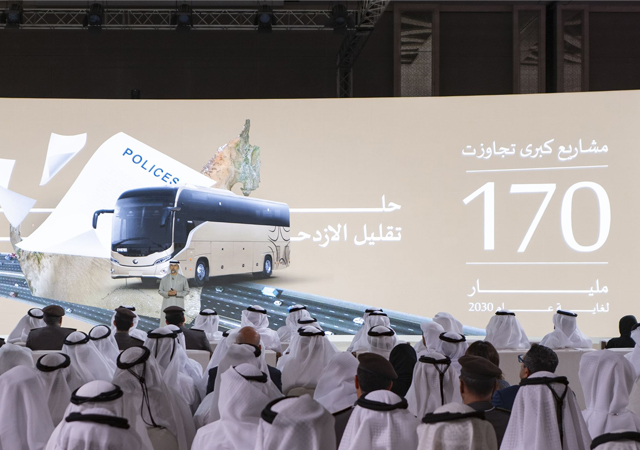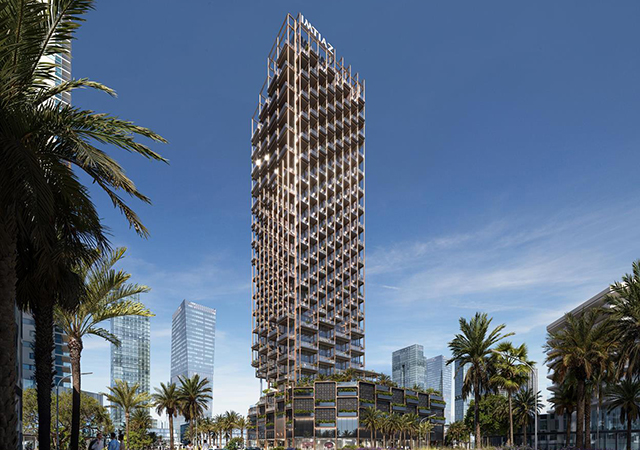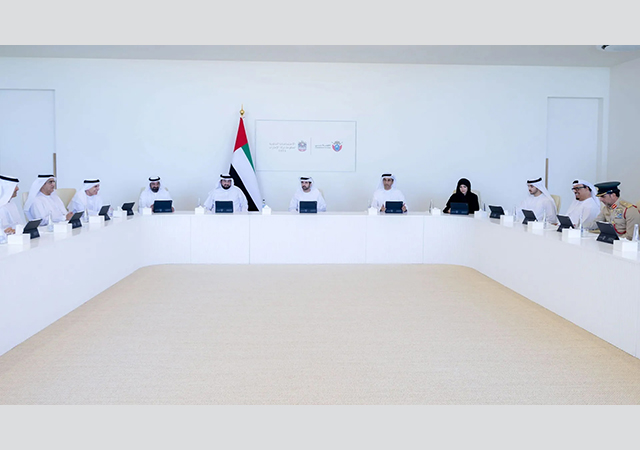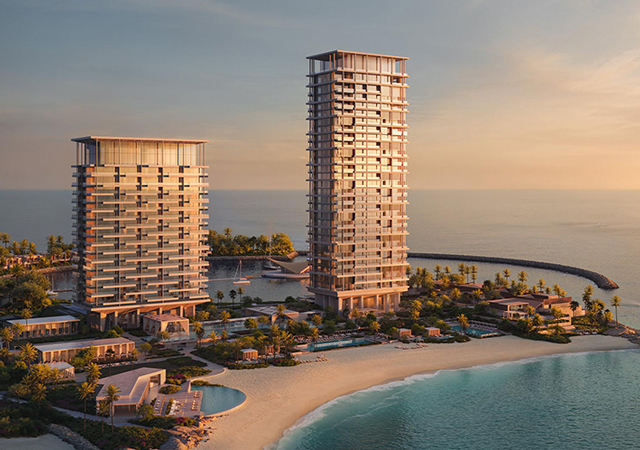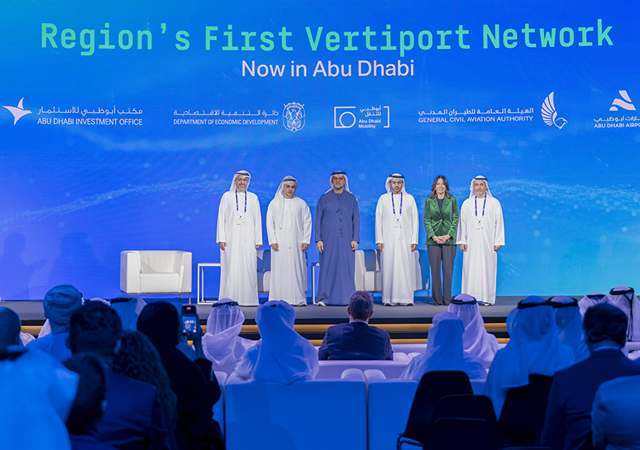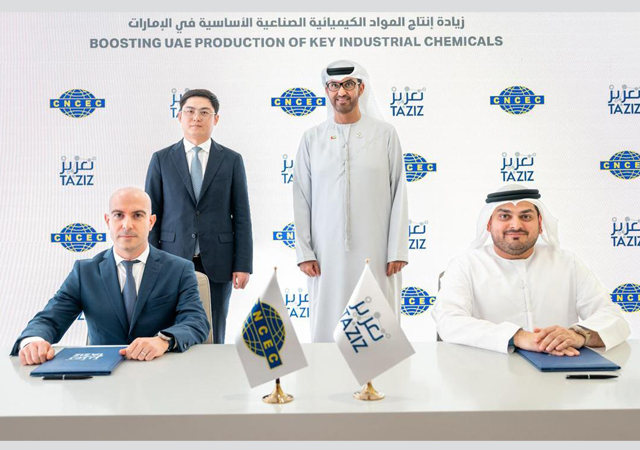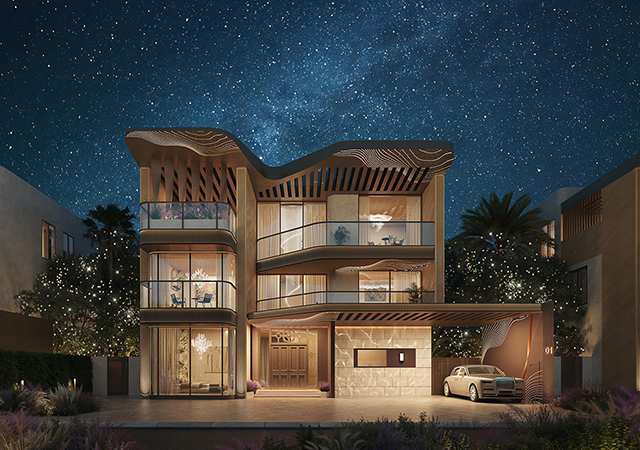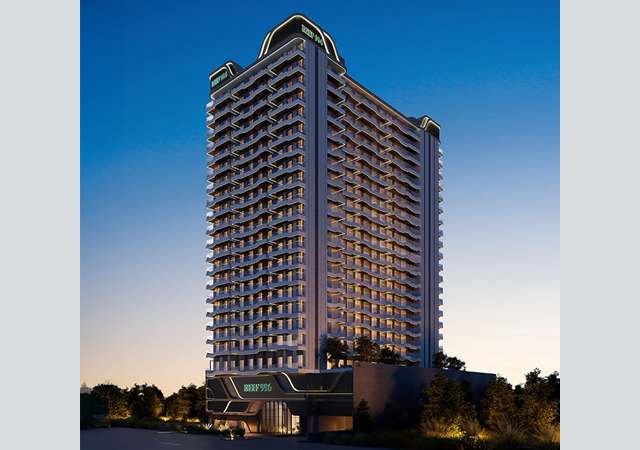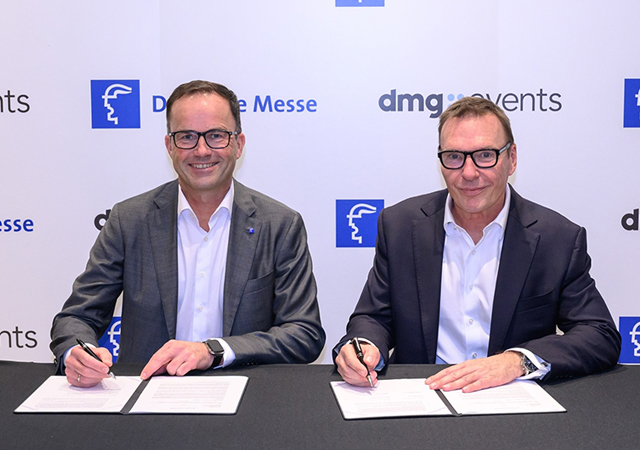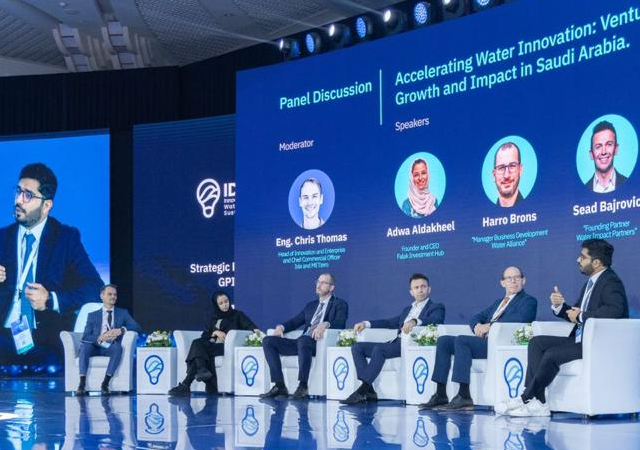

Tensile fabric structures are being used increasingly not only as a design element that adorns the roofs of some of the more prestigious malls, commercial buildings and upmarket residential complexes but also utilised as roofs, canopies, shaded walkways, car port shelters and even sculptures.
These structures are made primarily from PVC (polyvinyl chloride) or PTFE (polytetrafluoroethylene)-coated fabric, which are light and long-lasting and utilise cables and steel rigging, to provide support and unique forms and shapes.
Two main elements are critical and need to be dealt with satisfactorily when designing tensile fabric structures: the shape of the fabric structure and the level of tension (tension forces) in the fabric.
Given the fact that curved surfaces resist wind forces far better than a flat surface, tensile fabric structures should have curves in two and opposite directions. This is known as an “anticlastic surface”. An example of a doubly curved surface in two opposite directions is a horse saddle.
A vivid example, which shows that surfaces with a greater curvature are stronger than those that are less curved, is soap bubbles. These bubbles start out small and get bigger on the surface of soapy water. As the bubbles get bigger, there is a decrease in their surface curvature, making the bubble walls weaker and causing them burst. This means the lower the curvature, the larger the chances of the bubble disintegrating. The behaviour displayed by the soap film can be compared to that of a tensile fabric structure.
The most common tensile structure form is the conical shape shown in Figure 1. On the surface there are two curves – C1 and C2 – which are perpendicular and opposite in direction to each other. The resulting shape is an ideal fabric structure surface.
The same principle is also used in the design of the fabric structure that resembles a common sail on a ship’s mast or a wind surfing sail that is pushed into shape by its battens. When a ship is sailing at sea, the sail “puffs up” with the gusts of wind. The curvature of the fabric material provides the required strength for the sail to resist the wind and keep the ship moving, if the fabric was flat, the wind would simply blow into it and tear it.
When designing a fabric structure in the form of a sail, one has to design it so as to create the curvature. This can be achieved by adding a fourth anchor point to the triangular shape – this additional point providing a three-dimensional geometry (Figure 2).
Another important aspect of tensile fabric structures is the tension forces or the prestress level within the fabric. It has to be to a certain degree, depending on the type of fabric and the design, giving the required stiffness to the structure. A suitable example of a well-tensioned structure would be the surface of a drum, which resonates with the slightest tap.
There are ways to measure the tensile force in the fabric to make sure it is at the required level but a simple way is to tap it to feel the level of tension. Pre-stressing of the fabric also prevents it from fluttering in the wind. A fabric structure with the right tension levels is so stable that one can walk on it without making dimpling its surface.
Tensile structures are stabilised by tension forces, which are the generators of shape. The supports such as columns, and tie-backs need to be strong and stable to provide the needed tension forces. Therefore the supporting structures must be designed and studied carefully.
In the conical structure mentioned above, the mast is the source of tension force. The tension power comes from the edges of the structure and is concentrated on the top of the mast. The edges are continuously pulled by the fabric. So, a strong beam at the perimeter and a solid foundation below the mast is needed to provide the tension forces required to sustain the shape of the structure.
Headquartered in Manama, Gulf Shade helps its clients with concept development and engineering of fabric, cables and steel structures while using the latest technology to manufacture tensile fabric structures and provide customised solutions for a variety of requirements.
The company’s project portfolio includes a municipal reservoir in Saudi Arabia, a cone structure at St George Hotel in Lebanon, Bahrain Mall, RUF car building, car parks and a showpiece Arabian dhow in Bahrain among others.



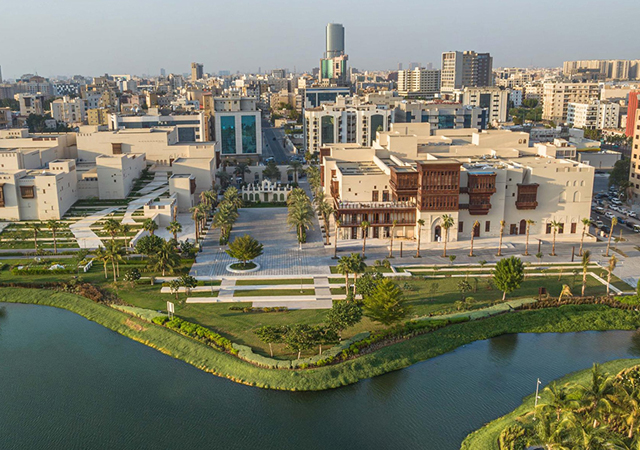
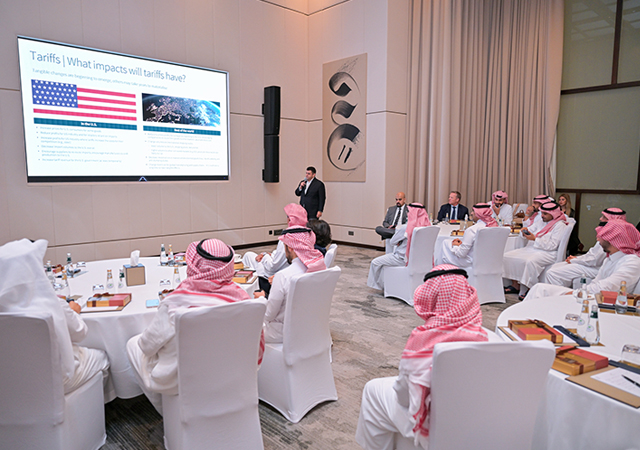
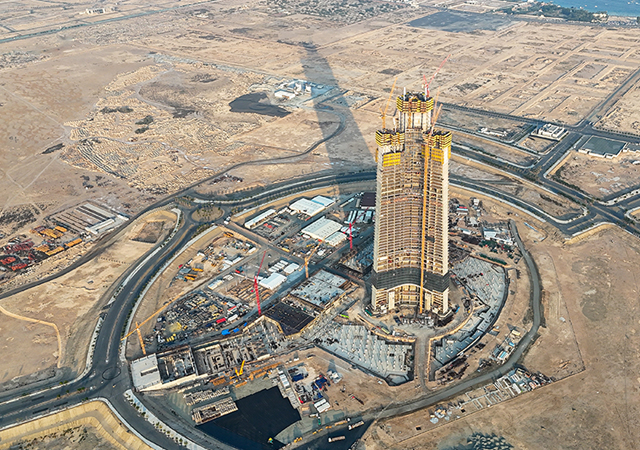
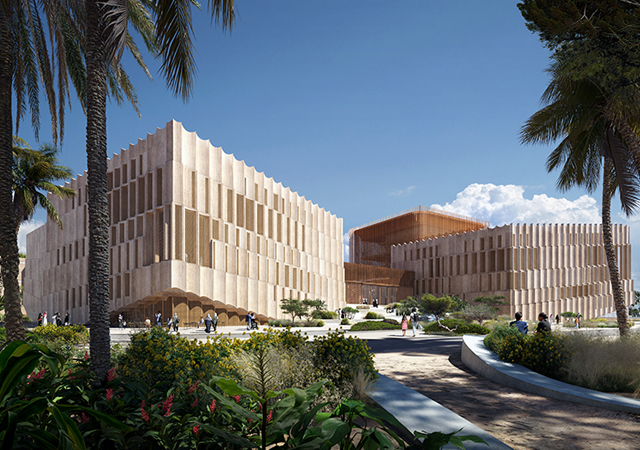




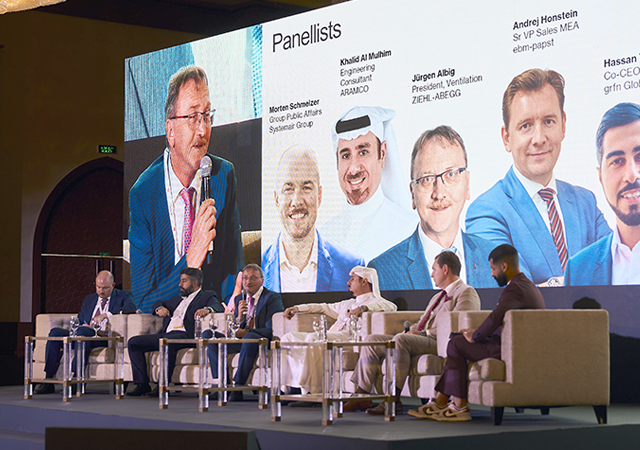
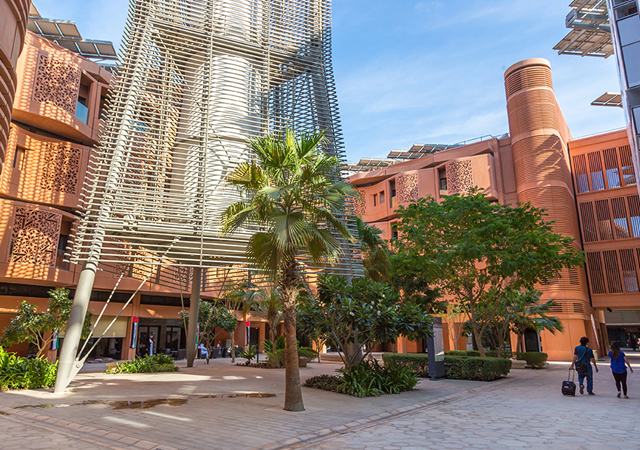
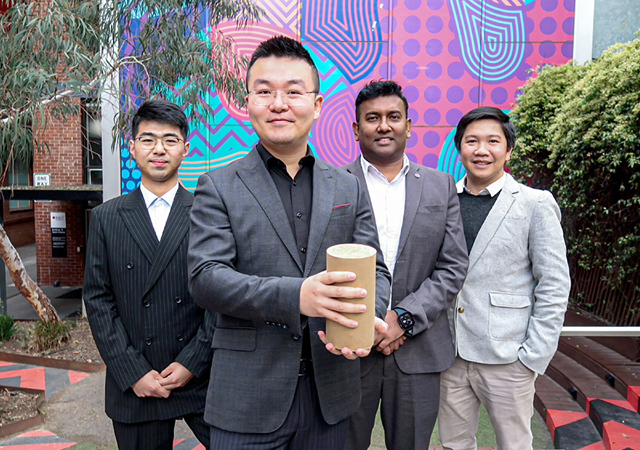
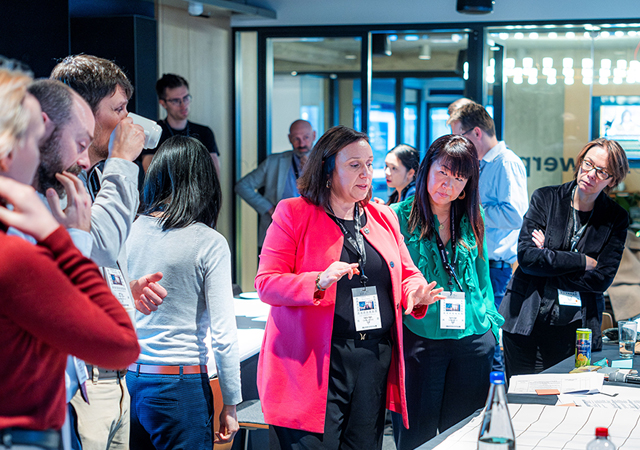

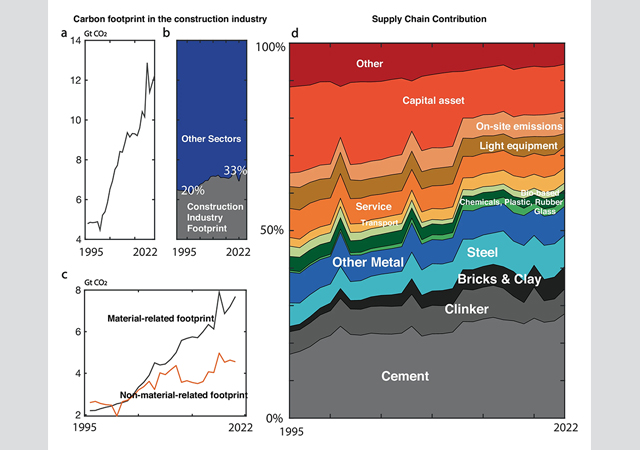
.jpg)
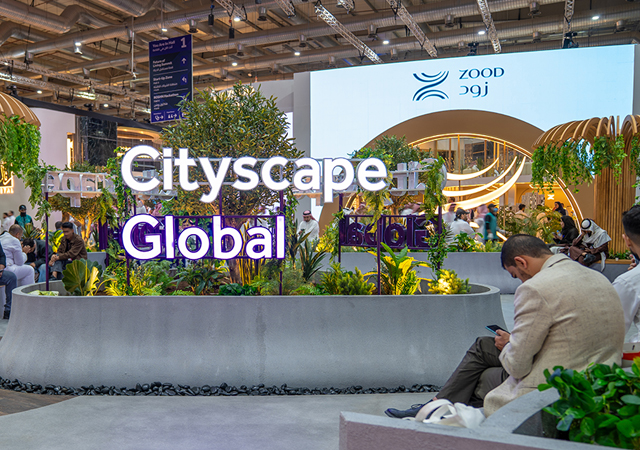
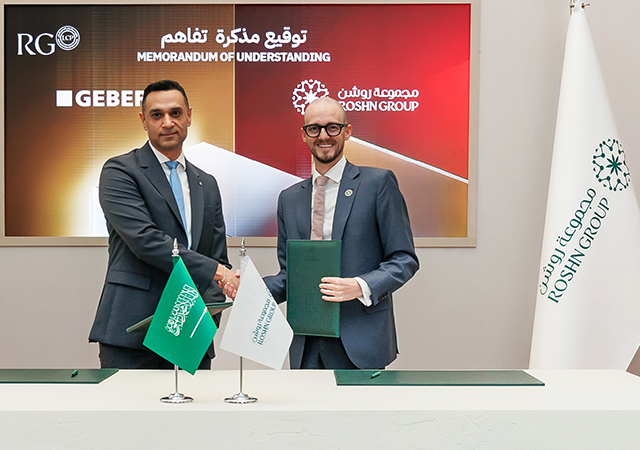
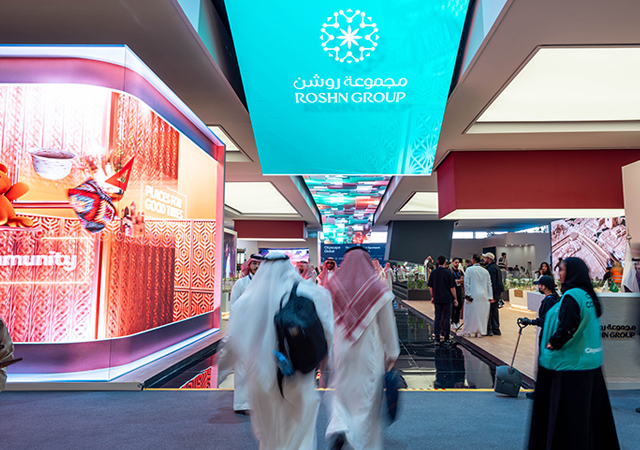
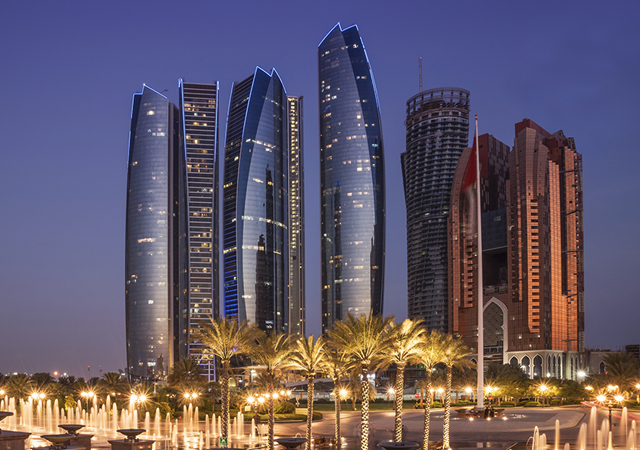
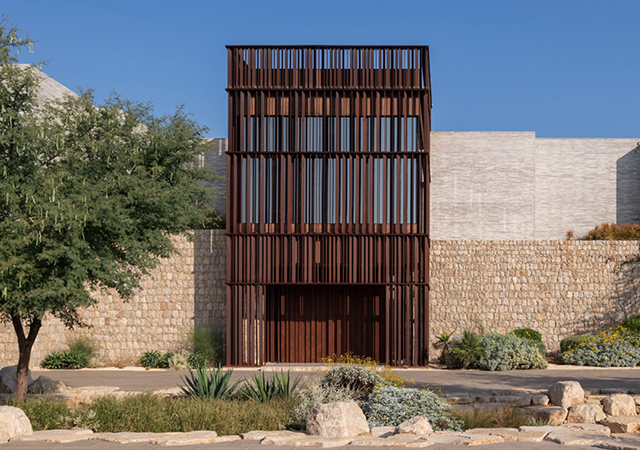
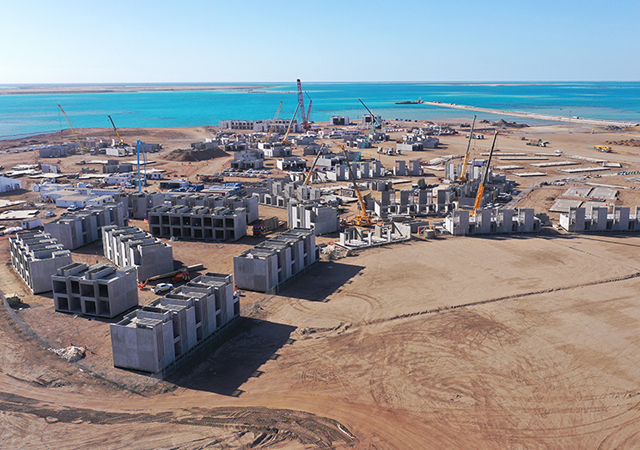
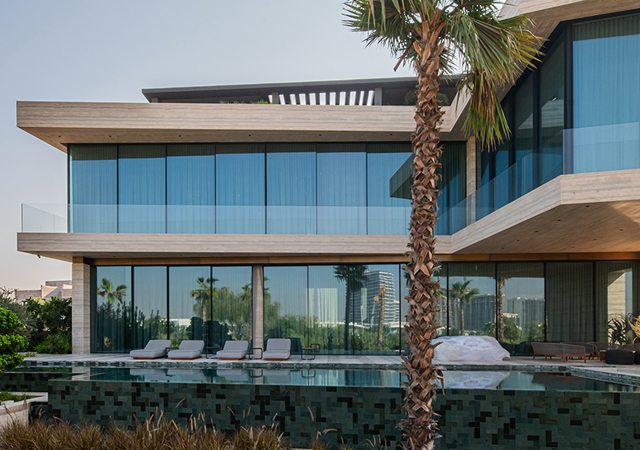
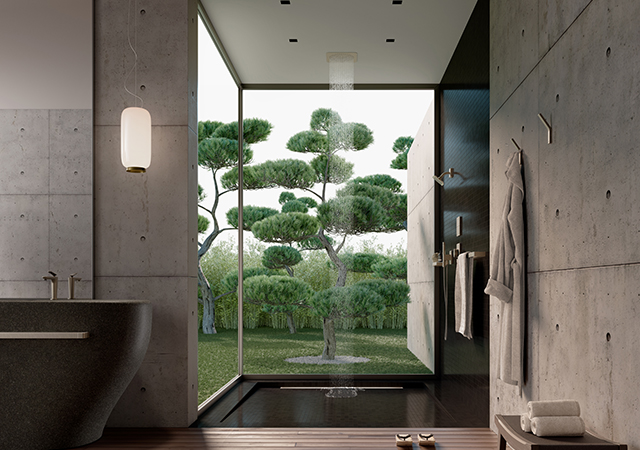

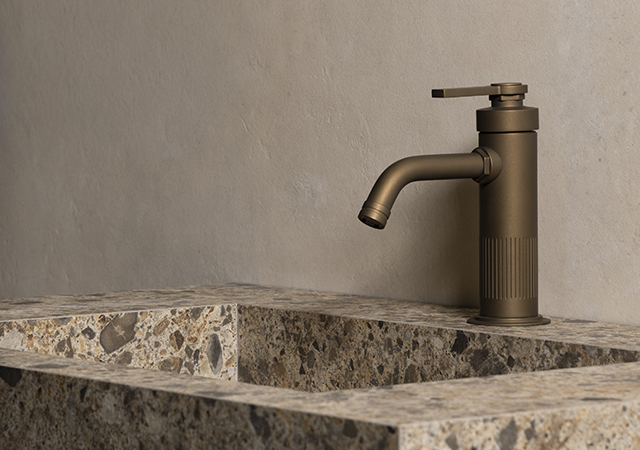

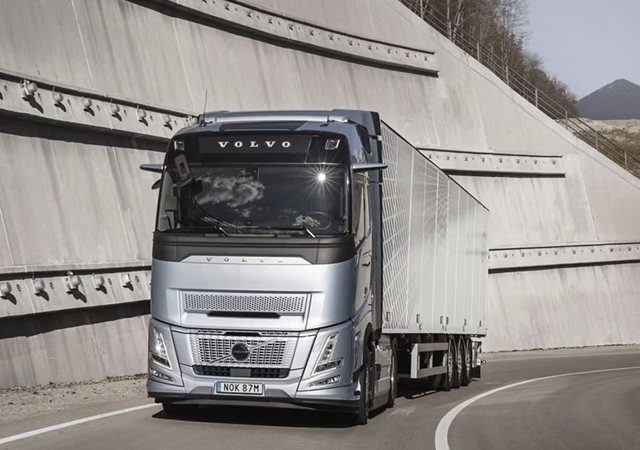
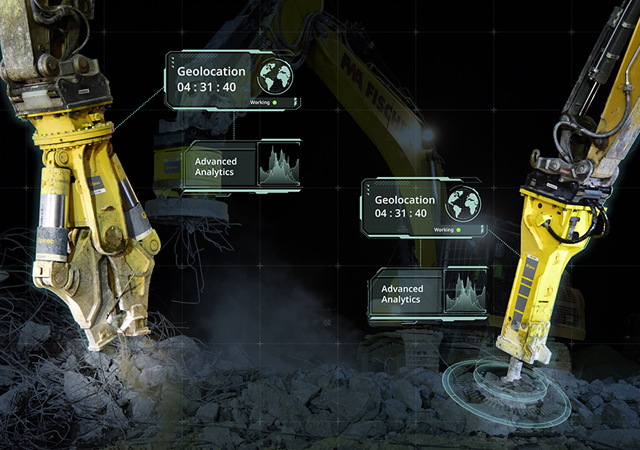
 (1).jpg)


